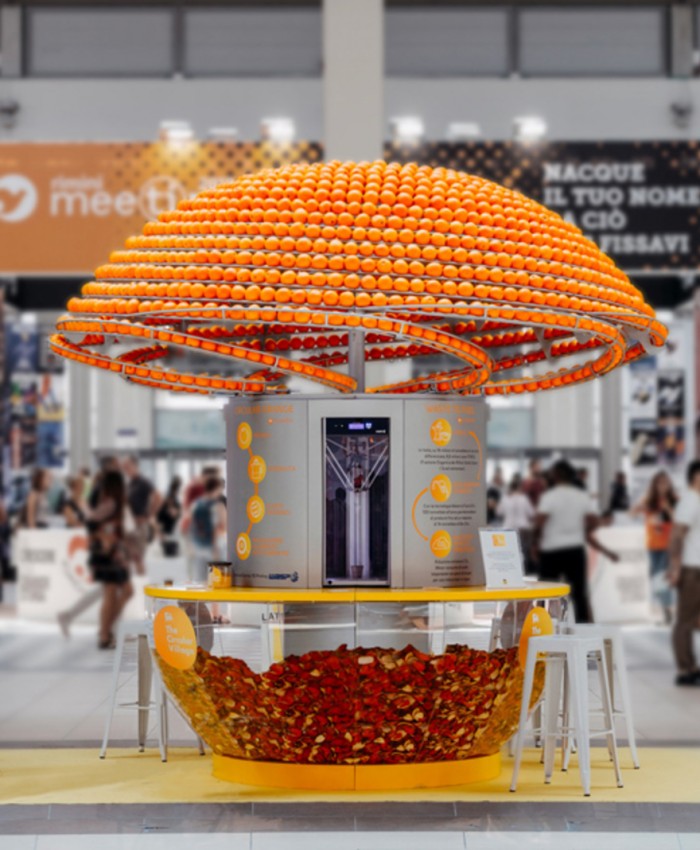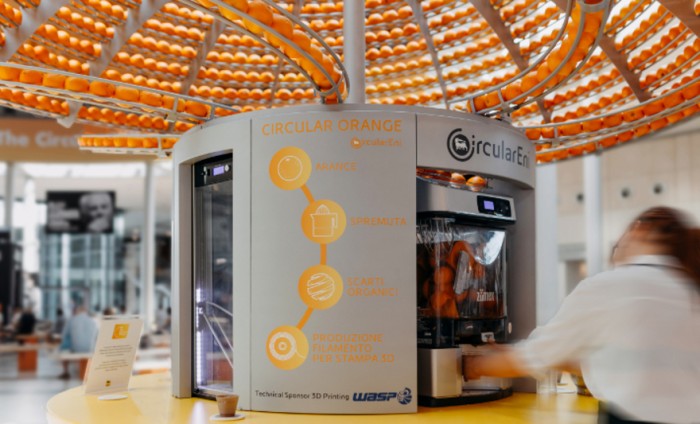Our relationship with plastic remains a rather complicated one. In the early 20th century plastic was seen as the material of the future.
Creating synthetic materials such as plastic, plexiglass, nylon and styrofoam was cheaper and easier to make, and relieved some of the constraints and limits of natural products.
Today nearly our entire world is either made of plastic or wrapped in a delicate layer of it, but our feelings towards this material have turned rather sour.
The plastic explosion over the last hundred years has left the planet with tons of non-biodegradable plastic waste, such as that found in the Great Pacific Garbage Patch, as well as millions of microplastics making its way into our food and water.
The dire situation has led to researchers looking for alternative methods and materials to help reduce the tons of plastic waste we have accumulated. Scientists and designers have created things such as algae foam shoes, textiles made from cow dung and architectural structures made from mushroom mycelium.
Bioplastics appear to be the new prodigy material that has gained some momentum amongst the wider public. Bioplastics is a biodegradable material made from natural and renewable sources such as vegetable fat, sawdust, straw, corn starch, recycled food waste, and so forth.
And it was by thinking along these lines that that innovation and design firm, Carlo Ratti Associati, created the ‘Feel the Peel Juice Bar’ for Italian oil company, Eni.
The experimental orange juice bar operates in a circular economy, where a patron orders an orange juice from the Circular Eni machine, an orange makes its way into the blender, it is then cut in half, squeezed, and the peel then filters into the collection pit located on the underside of the machine.
Here, the peels are dried, milled and mixed with polylactic acid (PLA). It is by means of this process that the orange peel is converted into a bioplastic. The bioplastic is then melted and molded into 3D printed cups. Once the patron has finished the drink, the cup can then be recycled again.
The philosophy of a circular economy is to design something, whether a process or a product, that eliminates waste or any form of pollution. Founder of Carlo Ratti Associati and director of the Senseable City Lab at the University of Massachusetts, Carlo Ratti, wanted to create something that brought the practice of circularity into people’s daily lives.
The ‘Feel the Peel Juice Bar’ was Ratti’s way of illustrating the concept of circularity in a tangible way. By using oranges, a product mainly used for its fruit or juice, with the peel then going to waste, it shows how simple the reduction of waste can be in our everyday lives.
This, however, is not Ratti and Eni’s first experiment with the principles of circular economy. The team collaborated on a project that created an arched architectural structure constructed entirely from mushroom mycelium. The structure was unveiled at the 2019 Milan Design Week. Once the exhibition was over, the mycelium was shredded, and the material was added as a compost to the soil.








